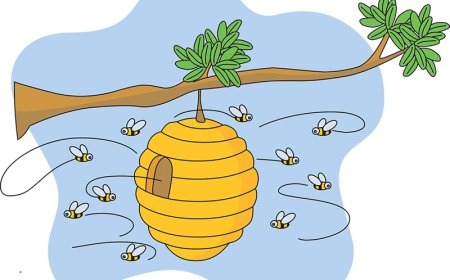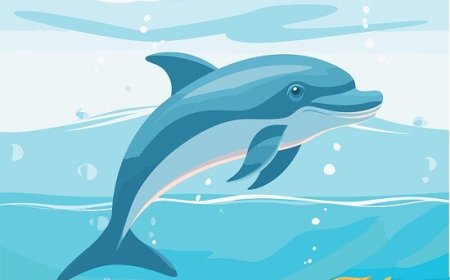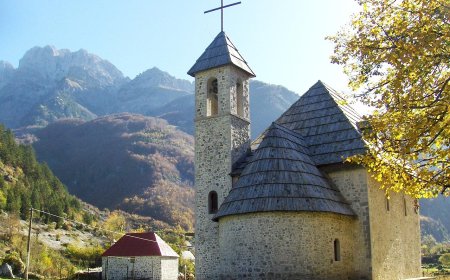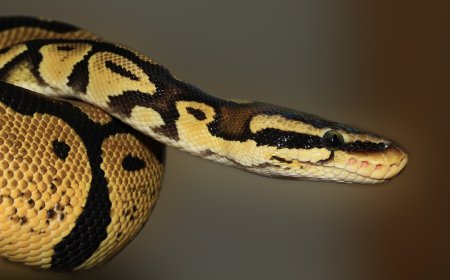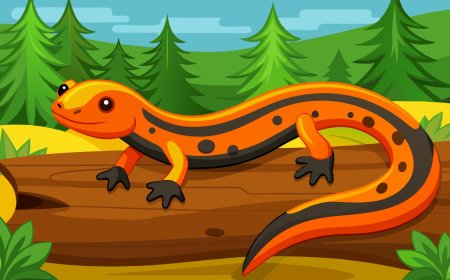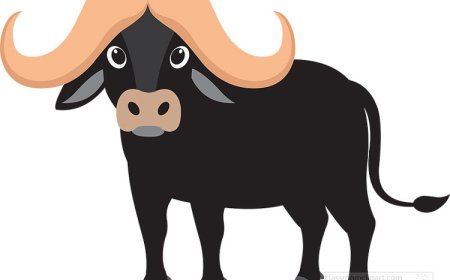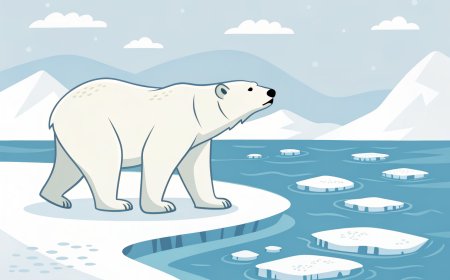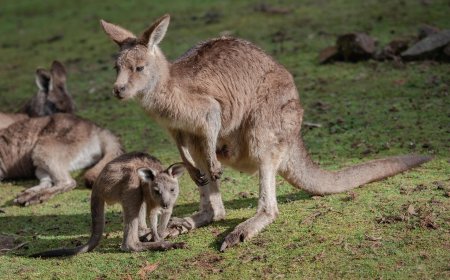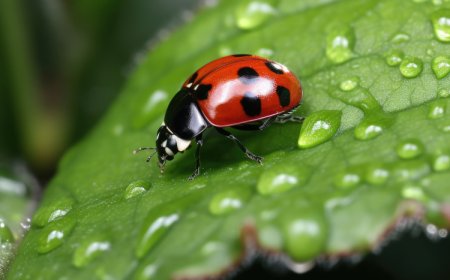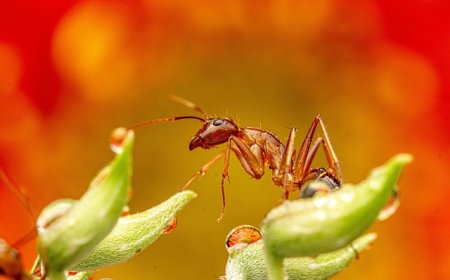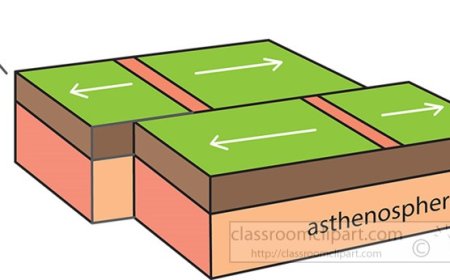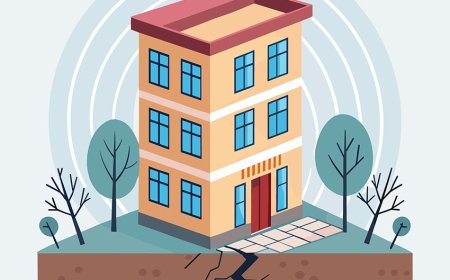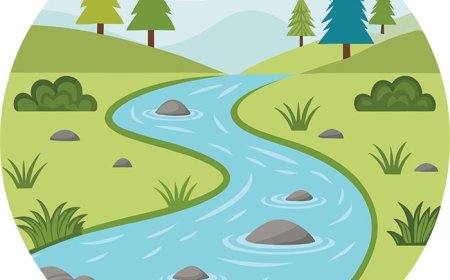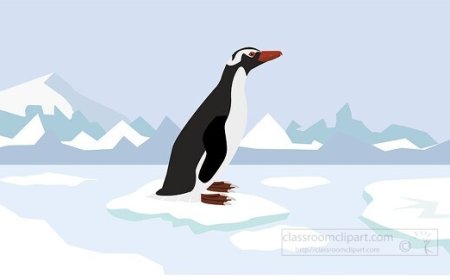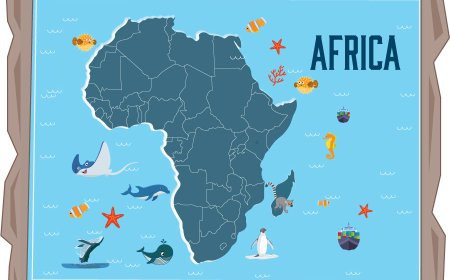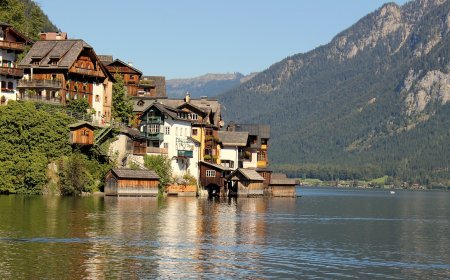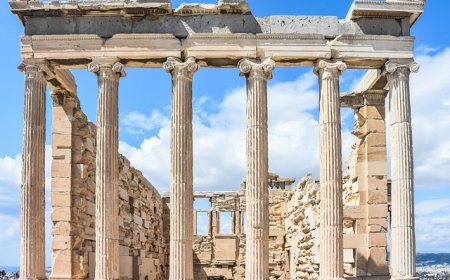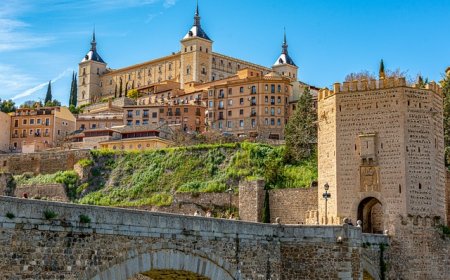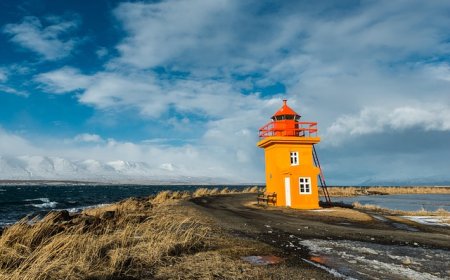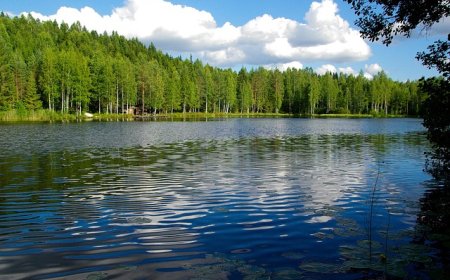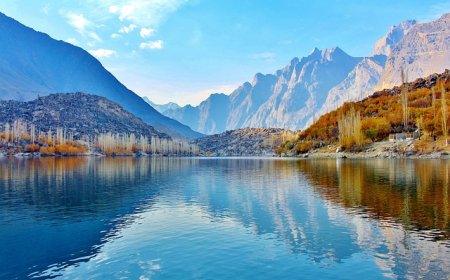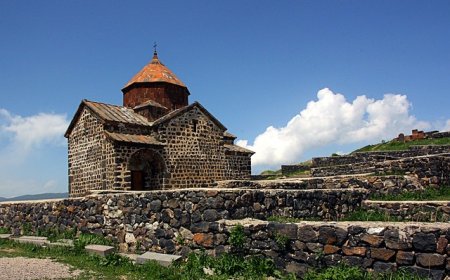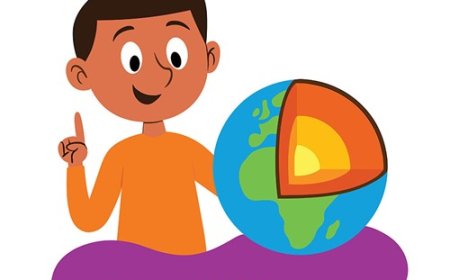States of Matter for Students with Examples
Learn about the four main states of matter solid liquid gas and plasma with examples and how particles move in each state of matter in science
🌟 Introduction
Have you ever watched an ice cube melt into water or seen steam rise from boiling soup? These everyday experiences are all about changes in states of matter. Matter is not locked into one form forever. With the help of heat or energy, solids can turn into liquids, liquids can turn into gases, and even gases can become plasma. Understanding these changes helps us explain everything from cooking and weather to how stars shine in the universe.
🔍 What are Changes in States of Matter?
Changes in states of matter are transformations that occur when matter moves from one state (solid, liquid, gas, or plasma) to another. These changes are caused by adding or removing energy, usually in the form of heat.
The main changes are:
-
Melting - solid to liquid
-
Freezing - liquid to solid
-
Evaporation/Boiling - liquid to gas
-
Condensation - gas to liquid
-
Sublimation - solid to gas (like dry ice turning into vapor)
-
Deposition - gas to solid (like frost forming on a window)
🌍 Why are Changes in States of Matter Important?
These changes are important because they explain much of what happens in the natural world and in human technology.
-
In nature - Clouds form when water vapor condenses, snow falls when water vapor deposits into ice, and glaciers melt into rivers.
-
In daily life - Cooking pasta requires water to boil, refrigerators use freezing to keep food fresh, and steam engines once powered trains using evaporation and condensation.
-
In science and industry - Understanding phase changes is critical in medicine, space travel, manufacturing, and even creating new materials.
Without understanding these transformations, we couldn't predict the weather, cook food safely, or design machines that rely on heating and cooling.
🧪 Everyday Examples
-
Melting: Ice cream melting on a hot day.
-
Freezing: Water in the freezer turning into ice cubes.
-
Evaporation: Wet clothes drying on a clothesline.
-
Condensation: Water droplets forming on a cold glass of lemonade.
-
Sublimation: Dry ice creating fog at a science show or concert.
-
Deposition: Frost decorating grass on a chilly morning.
These aren't just science experiments - they're part of everyday life.
✨ Fun Facts
-
The sublimation of dry ice is used in spooky stage effects.
-
Clouds are made of countless tiny water droplets formed by condensation.
-
At the top of Mount Everest, water boils at only about 70°C (158°F) because of lower air pressure.
📌 Key Takeaways
-
Matter changes states when energy is added or removed.
-
The main changes include melting, freezing, evaporation, condensation, sublimation, and deposition.
-
These changes explain natural events, cooking, weather, and technology.
🐾 Kid-Friendly Summary
Matter is like a master of disguises, changing costumes when heat or energy comes into play. Ice can melt into water, water can boil into steam, and steam can turn back into liquid drops in the sky as clouds. Even solids like dry ice can skip the liquid stage and go straight to gas. Every time you cook, play in the snow, or watch fog in the morning, you're seeing matter change its state. These changes make our world exciting and help us understand the science behind the weather, food, and even space.
📚 Vocabulary Words
-
Melting - Change from solid to liquid
-
Freezing - Change from liquid to solid
-
Evaporation - Change from liquid to gas
-
Condensation - Change from gas to liquid
-
Sublimation - Change from solid to gas without becoming liquid first
-
Deposition - Change from gas to solid without becoming liquid first
-
Phase Change - Another term for changes in states of matter
🧠 Interactive Quiz
Choose the best answer for each question.
-
Which state of matter has a definite shape and volume?
- A. Liquid
- B. Gas
- C. Solid
- D. Plasma
-
What happens when a liquid turns into a gas?
- A. Melting
- B. Condensation
- C. Evaporation
- D. Freezing
-
Which state of matter makes up most of the universe?
- A. Solid
- B. Liquid
- C. Gas
- D. Plasma
-
What is sublimation?
- A. Gas to solid
- B. Solid to liquid
- C. Solid to gas without liquid
- D. Liquid to gas
-
Which example is plasma?
- A. Ice
- B. Steam
- C. Lightning
- D. Ocean water


